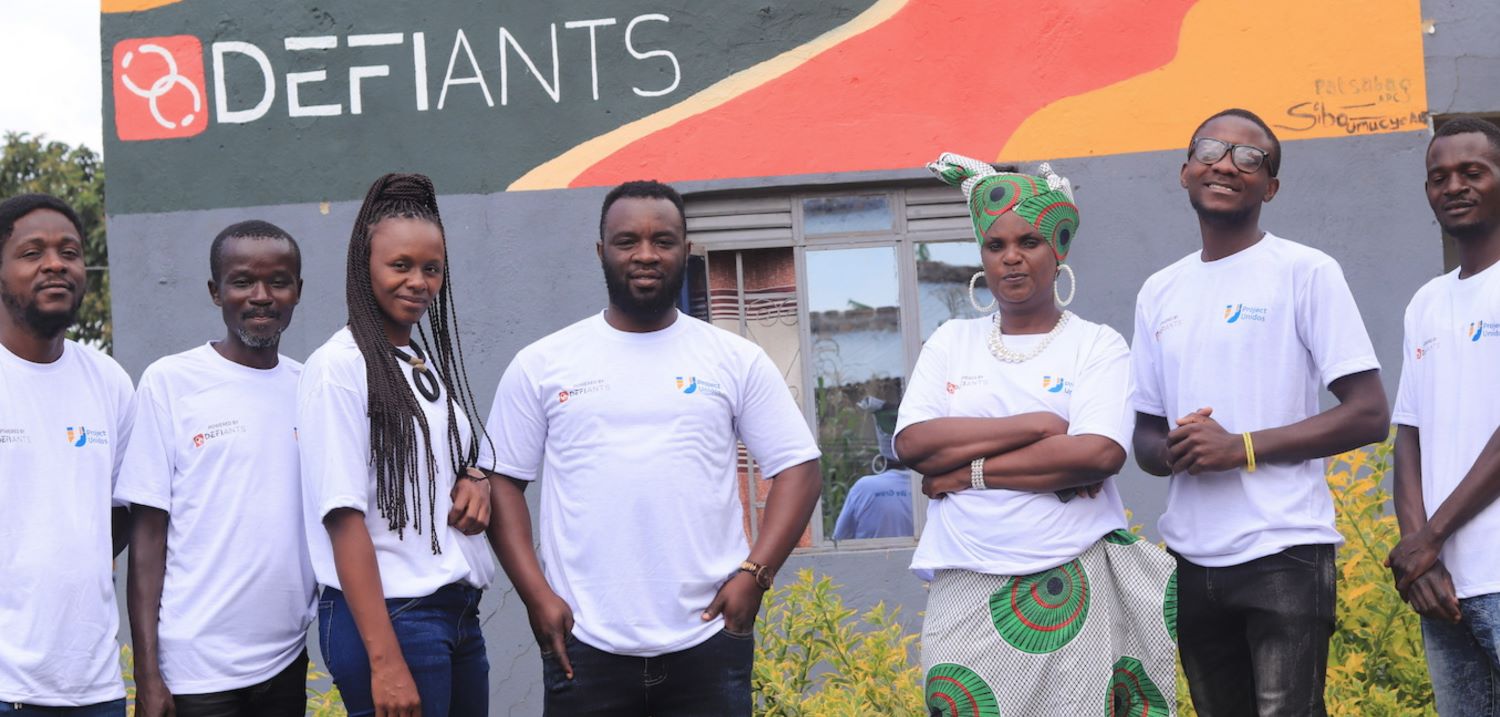
UNIDOS: Regenerative solutions for soil, sanitation and community resilience
Generation Restoration: A Dialogue for Social and Environmental Justice
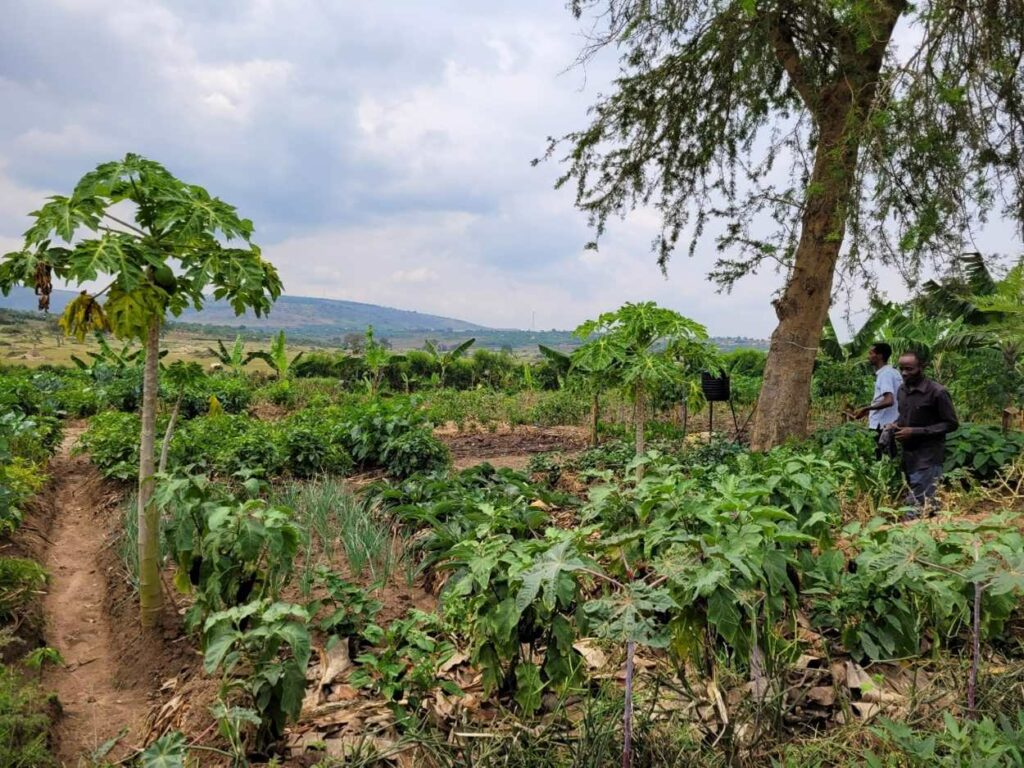
Globally, there are about 120 million forcibly displaced people including refugees. At the same time, more than 75% of Earth’s Land Areas are substantially degraded. The annual costs of land degradation are more than US$ 231 billion.

What if we transform refugee camps into regenerative camps? Several dialogues and two international roundtable discussions shed a light on this question and the possibility of combining restoration efforts with refugee assistance.
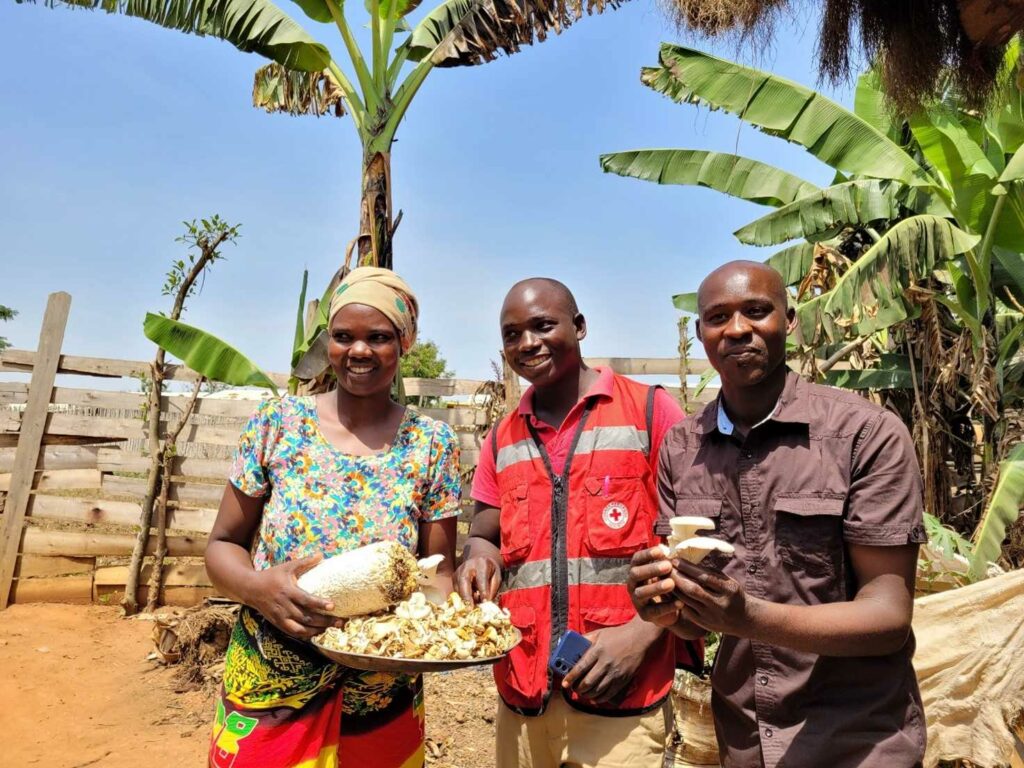
What does it need to make regenerative solutions the “new normal” in situations of displacement?
Generation Restoration aims to support the needs of the dialogue partners in scaling, funding, guidance and networking.

UNIDOS: Regenerative solutions for soil, sanitation and community resilience
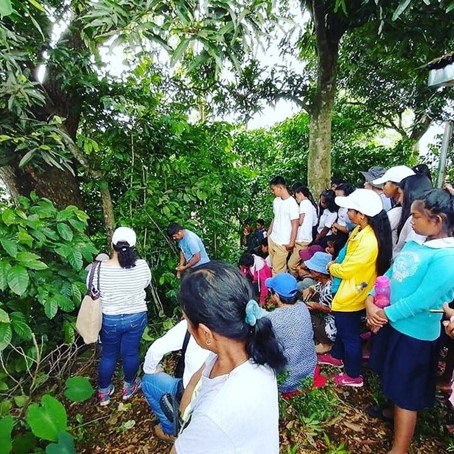
Green Releaf, Philippines: Promoting the value of agroforestry system. Photo © Gumay Tenda
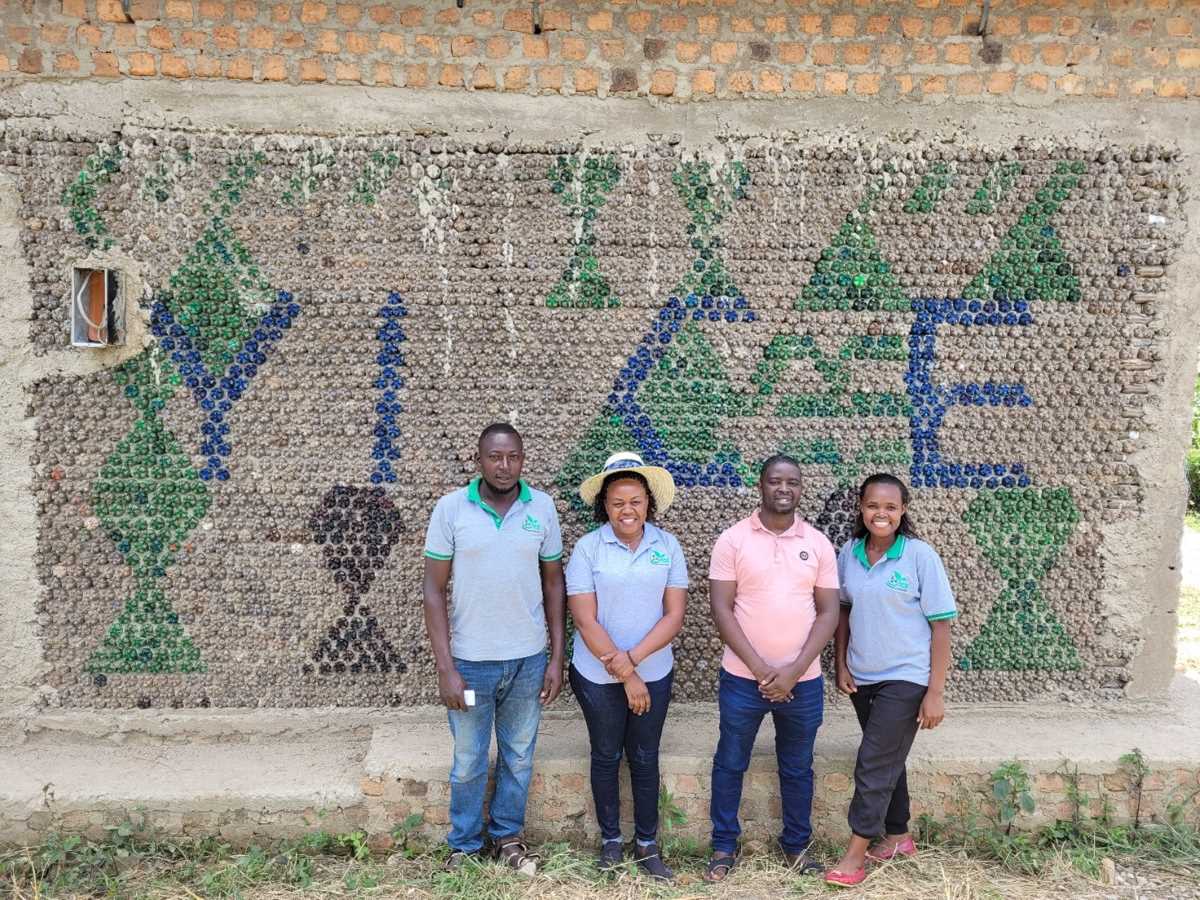
YICE: Empowering youth for local food sovereignty
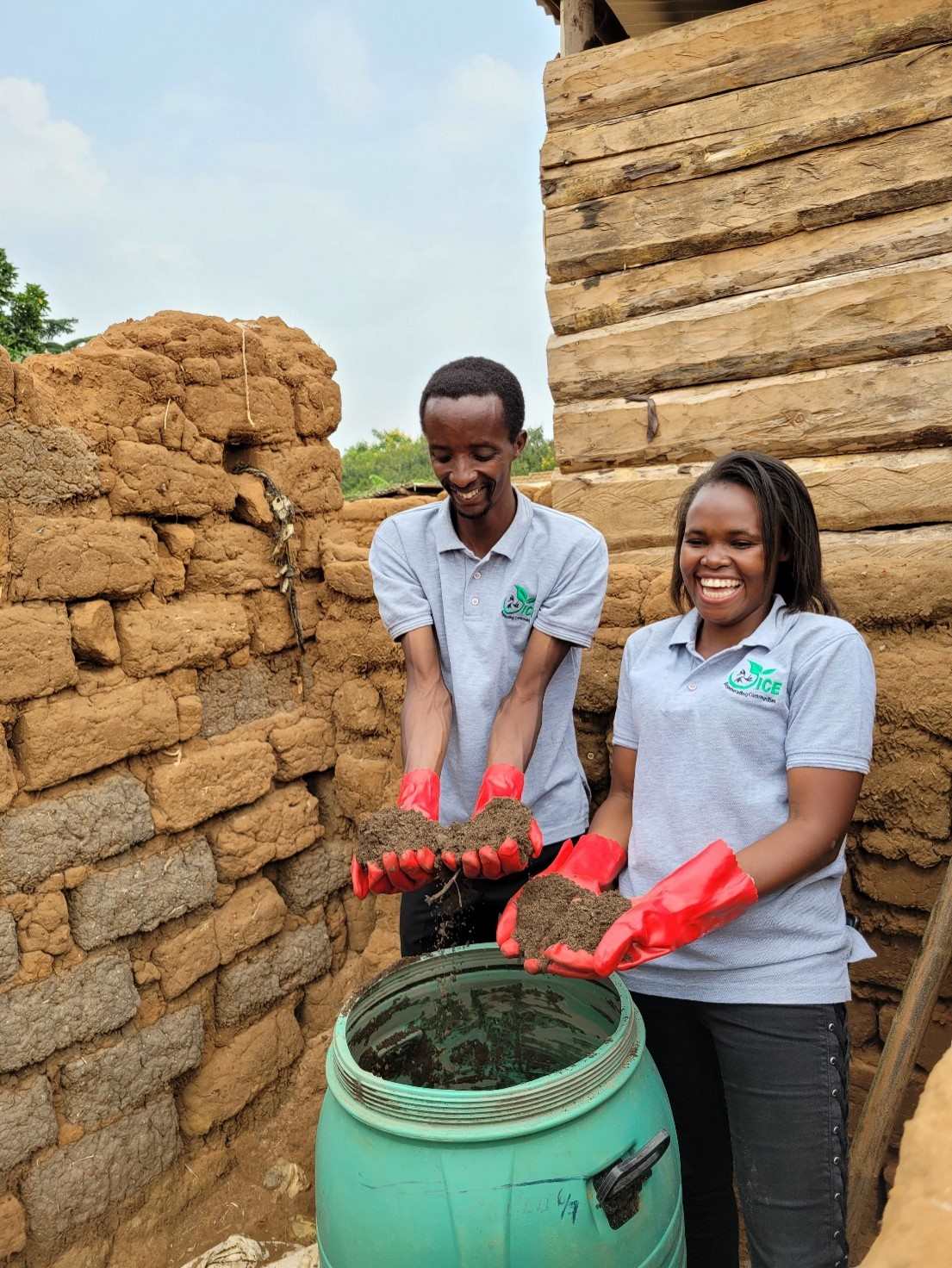
Aimable and Winnie show the fertile earth farmers can get from their compost toilet solution Ecosan in a settlement’s household

Eco Mamas Global: Strengthening local cycles through nutrition, education, and social enterprises
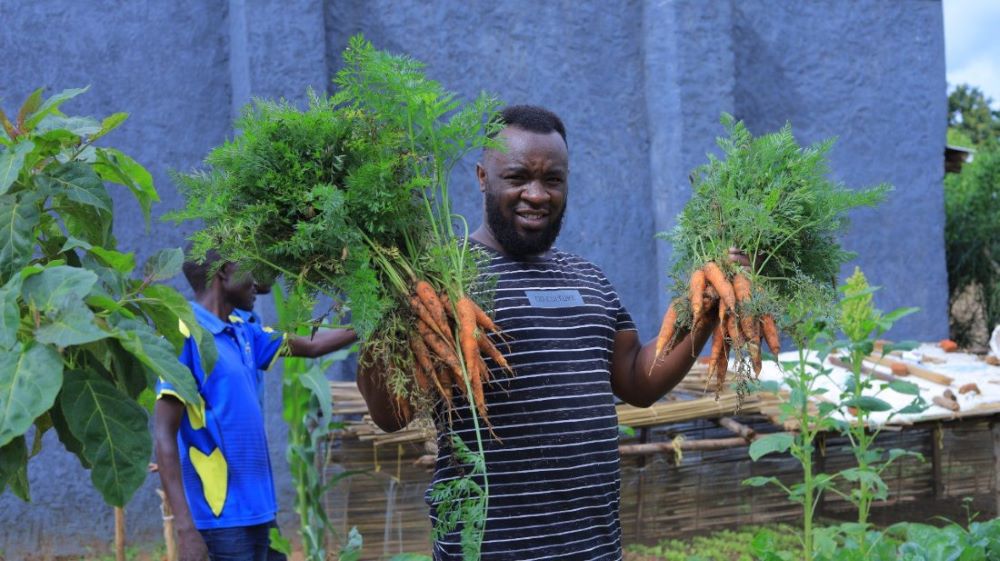
Paulinho Muzaliwa, founder and director of UNIDOS, gets to the root of the problems and transforms them into solutions
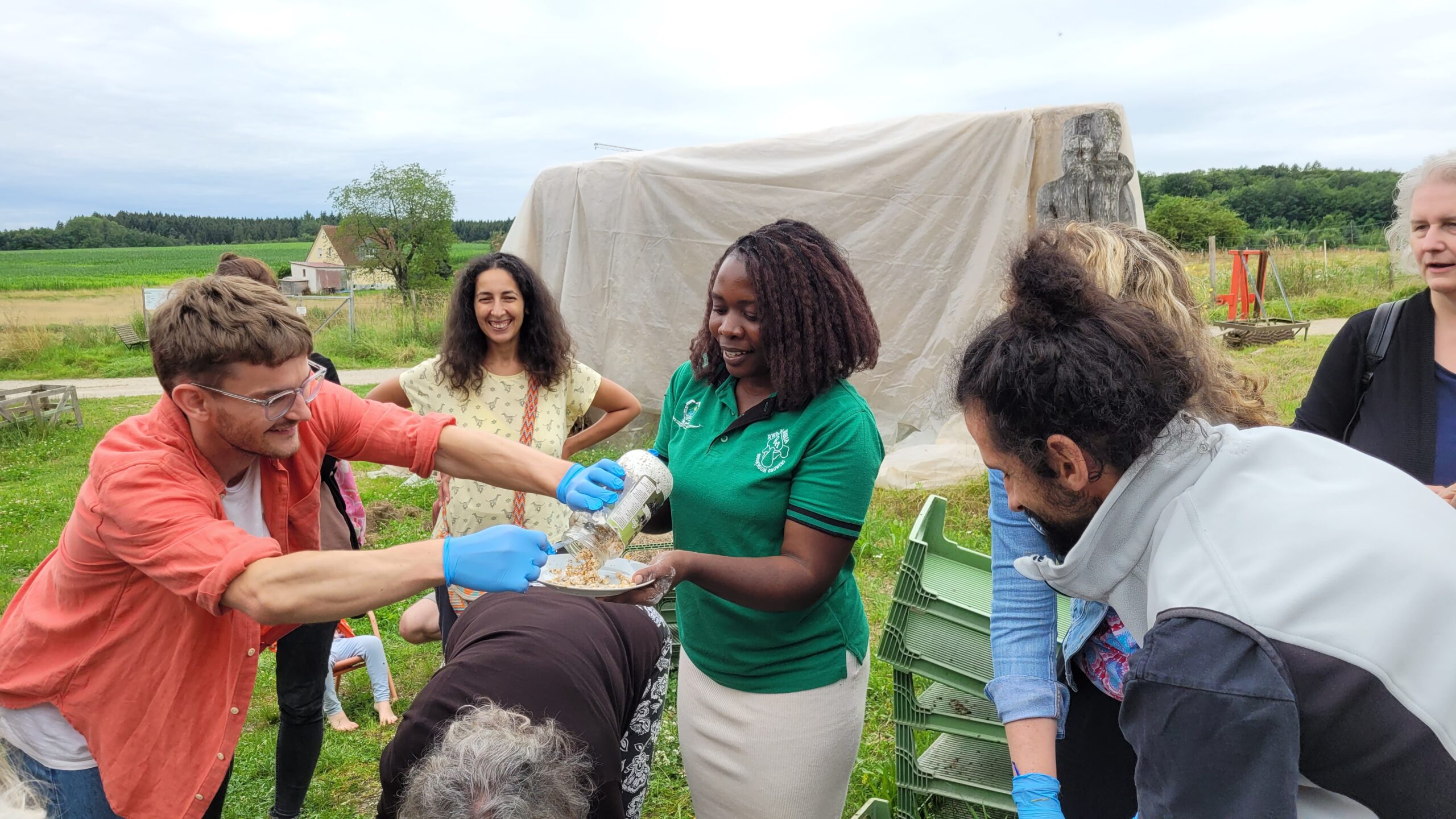
Introduction in mushroom farming at the GenR summer event
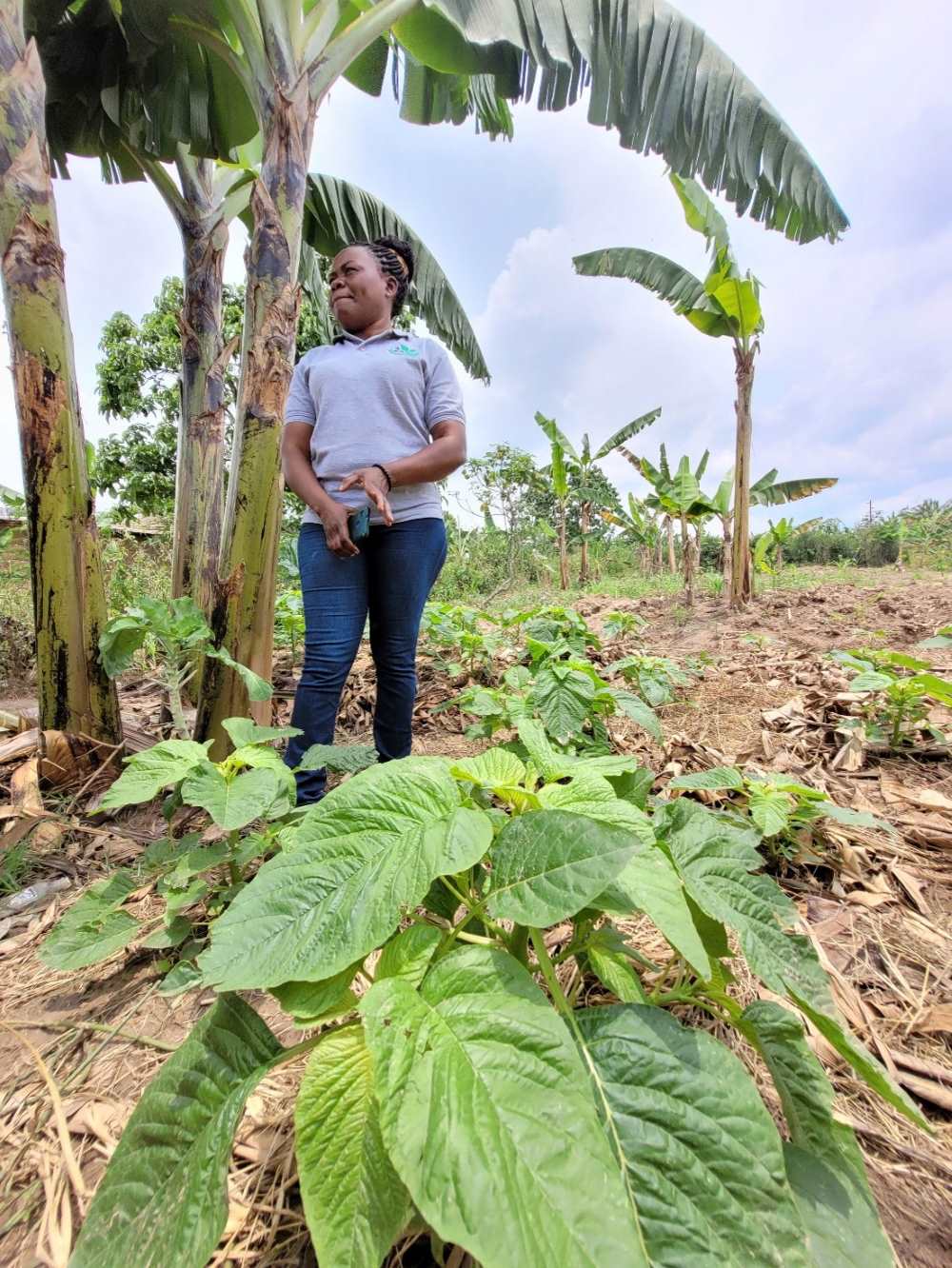
Permaculture in action: YICE grows regenerative practices
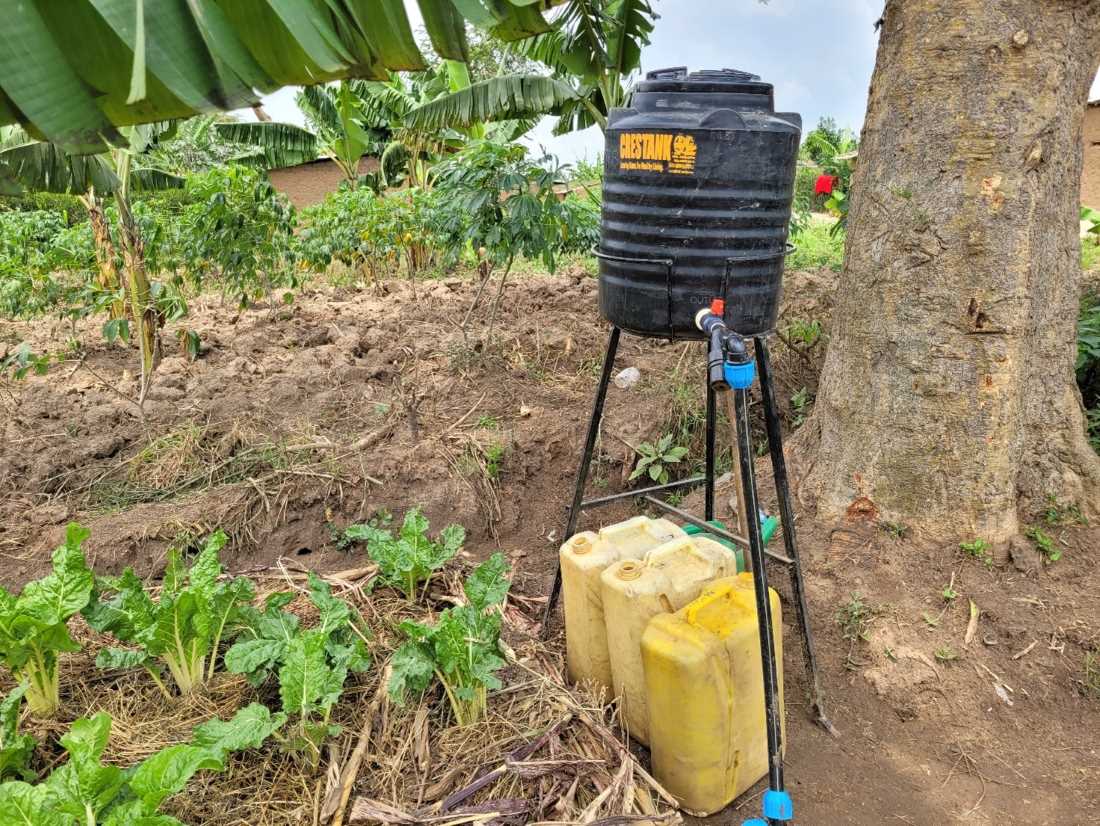
Mobile drip irrigation supporting permaculture with YICE
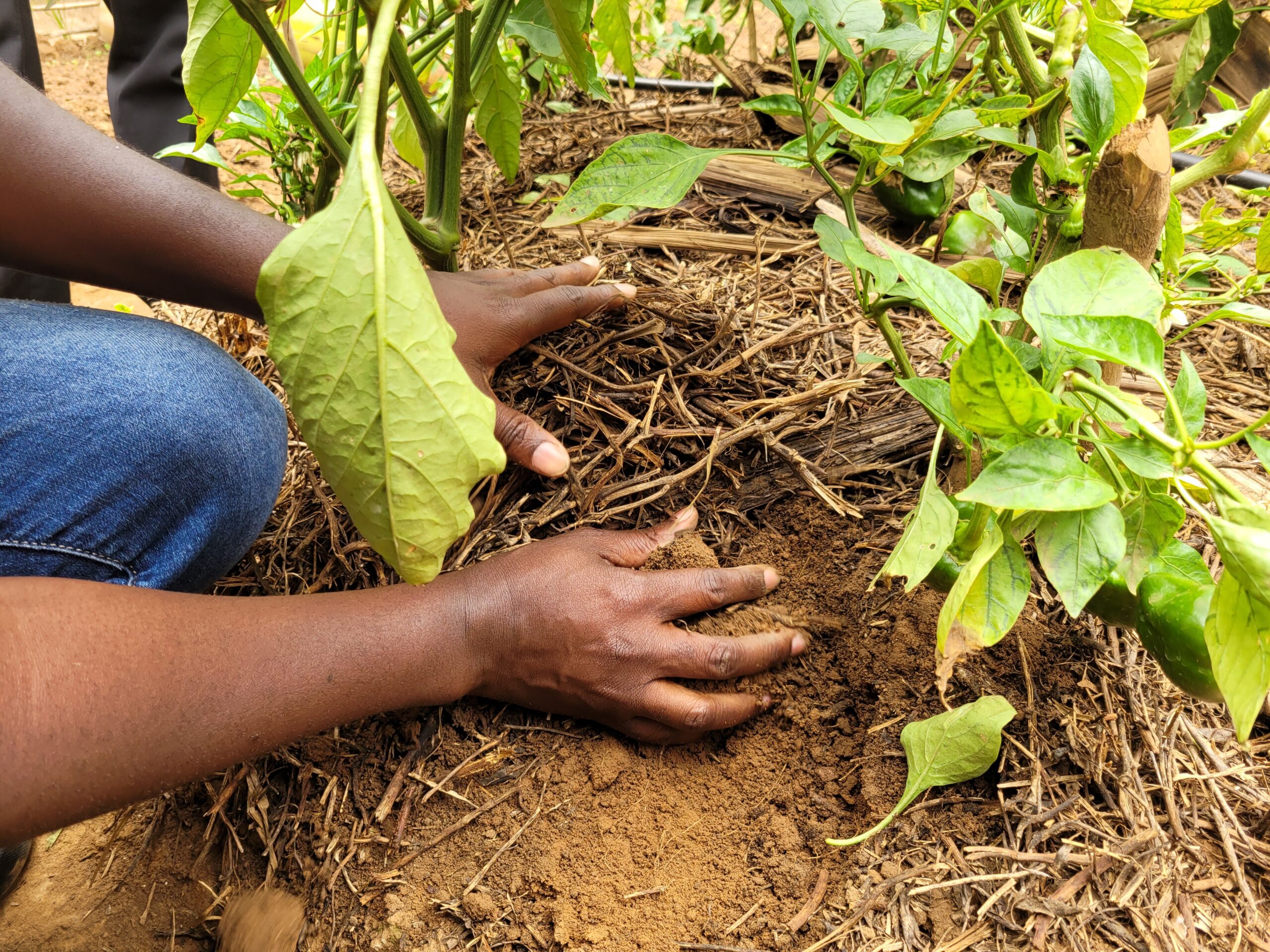
Regeneration starts small: permaculture taking root
Funding for grass root projects to multiply
Successful grass root projects with proof of concept now need fast AND long-term oriented funding to multiply their impacts, for example by creating permaculture train-the-trainer-programs, building educational centers and training millions of refugees.
Facilitating dialogues with standard setters
Big institutional stakeholders and NGOs are not yet focusing on long-term regenerative solutions on a large scale. In a facilitated participatory process, they can co-develop a common vision and strategies, as well as exchange learnings and wisdom from existing projects.
Cultivate business models for impact investment
Impact Investors are only now starting to realise the potential of combining ecosystem restoration with humanitarian or development aid, resulting in multiple benefits. They need guidance on how to measure positive impact of projects and how to help them become “investable”.
Because our time is more than just an era of crisis.
Because we’ve never had more knowledge about the solutions.
Because this is the era of regeneration.
Generation Restoration stands for a growing global movement that rebuilds degraded ecosystems, strengthens social justice, and closes vital loops. We are part of this movement — just like many others working toward a transformation that connects people and nature.
We work where the challenges are greatest: in refugee camps and crisis-affected regions. Together with local partner organizations, we develop regenerative solutions that don’t just treat symptoms but address root causes — creating healthy soils, strong communities, and new perspectives.
If you believe in a better future, you’re already part of it.
Welcome to Generation Restoration.
In Nakivale Refugee Camp, Uganda, the sanitation crisis is escalating: Since January 2025, more than 8,000 people fleeing violence in the Democratic Republic of Congo have arrived. With only 2 out of 10 households having access to a toilet, the already overstretched infrastructure is at its breaking point.
The consequences are severe: open defecation leads to outbreaks of diarrhea, cholera, and other infections, putting women and children at highest risk. Together with our partner organization Unidos, we are currently building safe, dry compost toilets – as part of a regenerative solution for public health, dignity, and ecosystem restoration.
Compost toilets like Ecosan and Arboloo are more than just a hygienic alternative. They safely transform waste into nutrient-rich compost, creating circular systems that benefit people and planet.
📽️ Watch the video to understand why we need action now.
Composting Toilets for Refugee Resilience: Regenerative Sanitation in Nakivale Camp, Uganda Ⓒ A film by Peace, provided by Unidos Projects